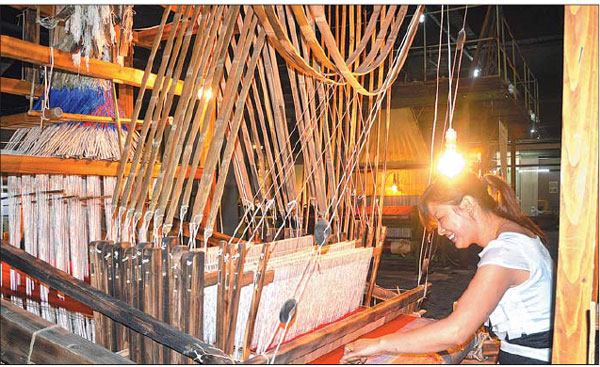Elegant influence of Du Fu's poetry to be celebrated globally
Sichuan province is making great efforts to preserve and extend its historical legacies and cultural inheritance by launching innovative projects internationally.
On Aug 31, Chengdu's Du Fu Thatched Cottage Museum signed a strategic cooperation agreement with the Paris and New York International Cultural Research Organization.
The agreement will promote the works of Du Fu, a renowned poet in the Tang Dynasty (618-907), internationally by recounting Chinese stories and popularizing traditional Chinese culture.
Liu Hong, the curator of the museum, said the first big move after the cooperation agreement was a conference to be held in Paris to conduct research into the poet.
At the same time, the Du Fu Thatched Cottage Museum will hold an exhibition, of Du Fu's poetic calligraphy and paintings in Paris and establish long-term cooperative relations with museums in Paris.
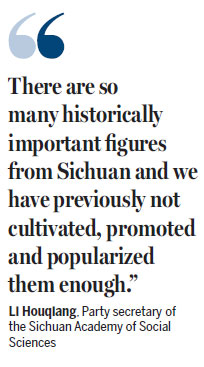
This will aim to spread Du Fu's works and enhance Sichuan's cultural influence around the world.
Liu said the Du Fu Thatched Cottage Museum would let the world know about the history and culture of Sichuan and Chengdu through exhibitions and by introducing the stories of the poet.
Du Fu Thatched Cottage Museum plans for more cultural exchanges to be held in Paris and New York in the future. Sichuan launched a number of events, celebrating its historical figures, as well as cultural inheritance projects in March this year.
In July, an initial list of famous people from Sichuan's history was published. The historical figures included Da Yu, Zhu Geliang, Wu Zetian, Li Bai and Du Fu.
Sichuan will focus on the historical figures, and encourage academic research into them, and promote a general awareness of their contributions to culture.
The Sichuan Provincial Department of Culture will popularize a number of plays and art works to promote these historical and cultural personages.
Li Houqiang, Party secretary of the Sichuan Academy of Social Sciences, said: "There are so many historically important figures from Sichuan and we have previously not cultivated, promoted and popularized them enough."
He said the launch of the historical celebrity and culture inheritance and innovation project was a great opportunity to reconnect with the historical, cultural and spiritual memories of Sichuan.
It would make the past serve the present, he added.
In Li's view, the promotion of the historical figures will help promote the tourism industry and the general development of the sector.
He said that culture was the Chinese people's "spiritual home," and the historical celebrities were also an important part of a city's brand.
Li said that like the giant pandas and the regional signature dish Mapo Tofu - which draws people to Sichuan from around the world - this cultural initiative would further improve the province's and Chengdu's brand and lead the region developing more rapidly.
"This is also a concrete measure to enhance cultural self-confidence in Sichuan," he added. Li said the organization and implementation of the Sichuan historical celebrity and cultural heritage innovation project would promote the inheritance and development of Chinese traditional culture, playing a significant role in enhancing Sichuan's soft cultural power and its influence and competitiveness.
Sichuan has also implemented many other activities to promote cultural development.
According to the Sichuan cultural development plan, during the 13th Five-Year Plan (2016-20) period Sichuan will be built into a powerful cultural province.
The plan proposed that by 2020, Sichuan will have established a modern public cultural services system. It envisages that by 2020, the cultural industry will become one of the pillar industries in Sichuan.
Sichuan will have one to two cultural companies among the nation's top 30 cultural companies in that period.
Also 2020, the plan predicts that the added value of its cultural industry will account for more than 5 percent of Sichuan's GDP, and the amount of foreign cultural trade will exceed $1 billion.
|
A worker spins silk at a silk museum in Nanchong in Sichuan province. |
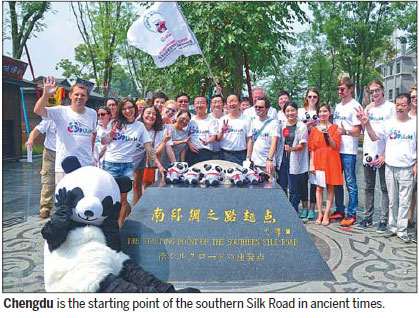
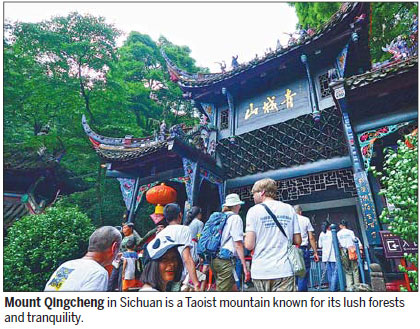
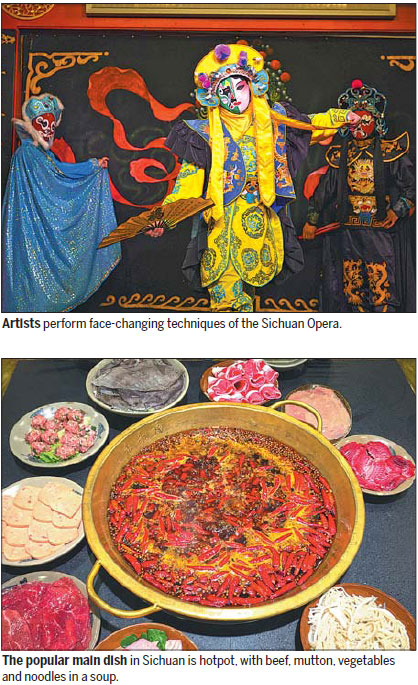
(China Daily 10/19/2017 page18)


